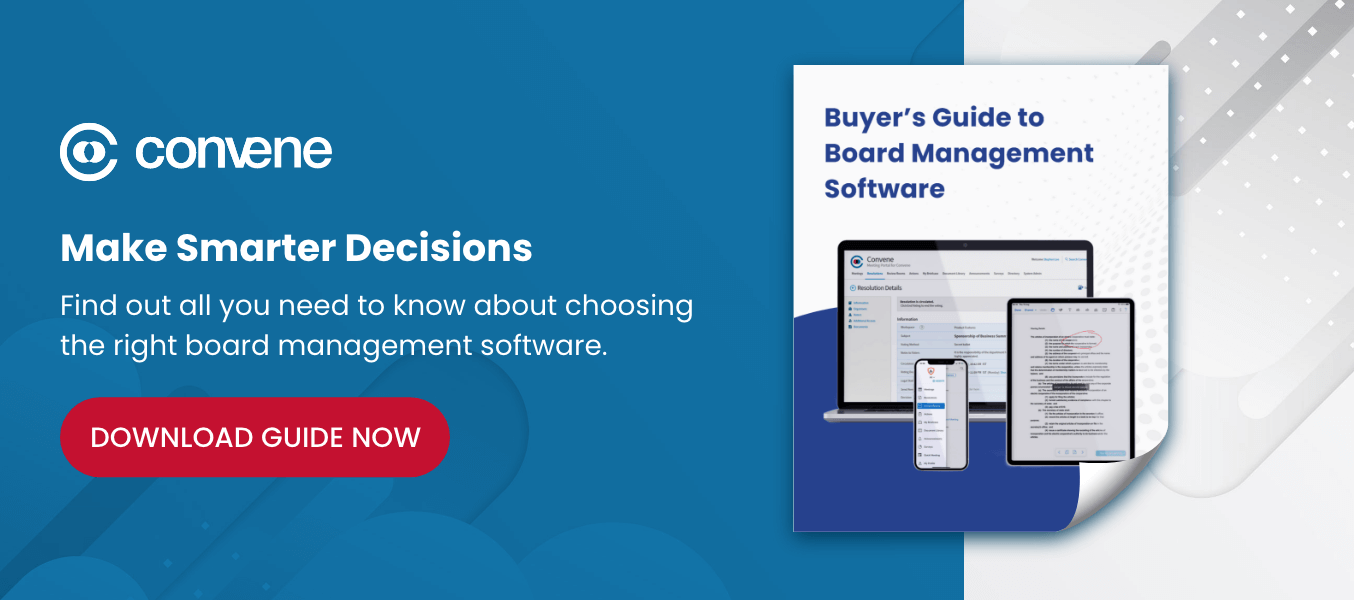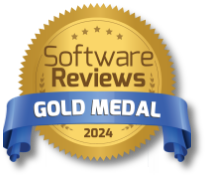Success in business is rarely accidental and certainly isn’t a matter of luck. It hinges on careful planning and a clear strategic vision of the organization. The foundation of this strategy is an annual operating plan, which serves as the blueprint for the effective execution of business plans and objectives. Think of it as a roadmap for your company, showing you where to go and how to get there.
But, how do you create one?
If you have yet to build an operational plan for your organization, this article will walk you through the process. Read on to understand how writing an effective one can benefit your business.
What is an annual operating plan (AOP)?
An annual operating plan (AOP), also known as an annual business plan, is a detailed document that outlines a business’s yearly objectives, action plans, and resource allocation for a specific fiscal year. A successful AOP:
- Sets the company’s financial targets and budgets;
- Assigns resources and responsibilities; and
- Establishes risk mitigation strategies.
With an operating plan in place, you will get a general picture of how things work (or are supposed to work). This will allow you to identify potential bottlenecks, optimize resource utilization, and make informed decisions to realize goals. Typically, the key players that contribute to what goes into the plan are the executives and heads of the finance, sales, marketing, and operations departments. But overall, the CEO is responsible for aligning all these strategies and goals into one cohesive annual operating plan.
Annual Operating Plan vs. Budget Plan
Although an operating plan and a budget plan may be closely related as they both address financial structure, they are two different things. As previously explained, operating plans are the roadmaps that guide the company to success. Budget plans, on the other hand, are the financial allocations that help execute that roadmap. Essentially, the AOP defines what to accomplish, and the budget determines how to fund it realistically.
Key Components of an Annual Operating Plan
While there’s no one-size-fits-all operating plan template, here are the fundamental components when creating one:

- Executive Summary: This is generally a concise overview of the entire annual operating plan, including key objectives and expected outcomes.
- Company Overview: A brief description of the company, its mission, vision, and core values.
- SWOT Analysis: Implied by the term, SWOT analysis means assessing the company’s internal strengths, weaknesses, external opportunities, and threats and using the findings to develop strategies that help advance its objectives.
- Goals and Objectives: When establishing goals, whether short-term or long-term, that are aligned with the company’s overall strategy, keep in mind the SMART approach. Goals in your AOP must be specific, measurable, achievable, relevant, and time-bound.
- Key Performance Indicators (KPIs): These are quantifiable metrics used to track progress, measure results, and adjust goals as needed.
- Action Plans: Detailed outlines of the steps required to achieve each goal, including responsible parties, timelines, and resources.
- Projected Budget: A financial plan that outlines the company’s revenue projections, expenses, and cash flow.
- Resource Allocation: This lays out the human, financial, and technological resources required to execute the AOP.
Why Your Business Needs an Annual Operating Plan
By constructing a clear path for the year ahead, businesses can enhance their day-to-day operations and drive growth. More importantly, a well-crafted AOP offers several key benefits, such as:
Aligns everyone on the team
An operating plan ensures everyone in your organization works towards one shared goal. Clearly defining the plan of action and who is responsible for making each step happen gives everyone a sense of purpose and direction and prevents duplication of efforts.
Enhances decision-making
What you can measure, you can improve. Specific KPIs from the operation measure progress and evaluate the effectiveness of all business decisions. Thus providing helpful insights for course correction and optimization.
Mitigates risks
Through a comprehensive assessment of potential challenges that the business might encounter throughout the year, an AOP helps identify the risks and develop strategies to mitigate them. This proactive approach can protect your business from unforeseen setbacks.
Improves performance measurement
By setting clear KPIs, businesses can accurately measure performance and identify areas for improvement. Regularly reviewing the AOP ensures the company is on track to achieve its goals.
How to Write an Operational Plan: Step-by-step Guide
First, ask yourself, how do you see your organization a year from now? Once the vision is clear, plan your operations around it. To accomplish this, follow these steps:
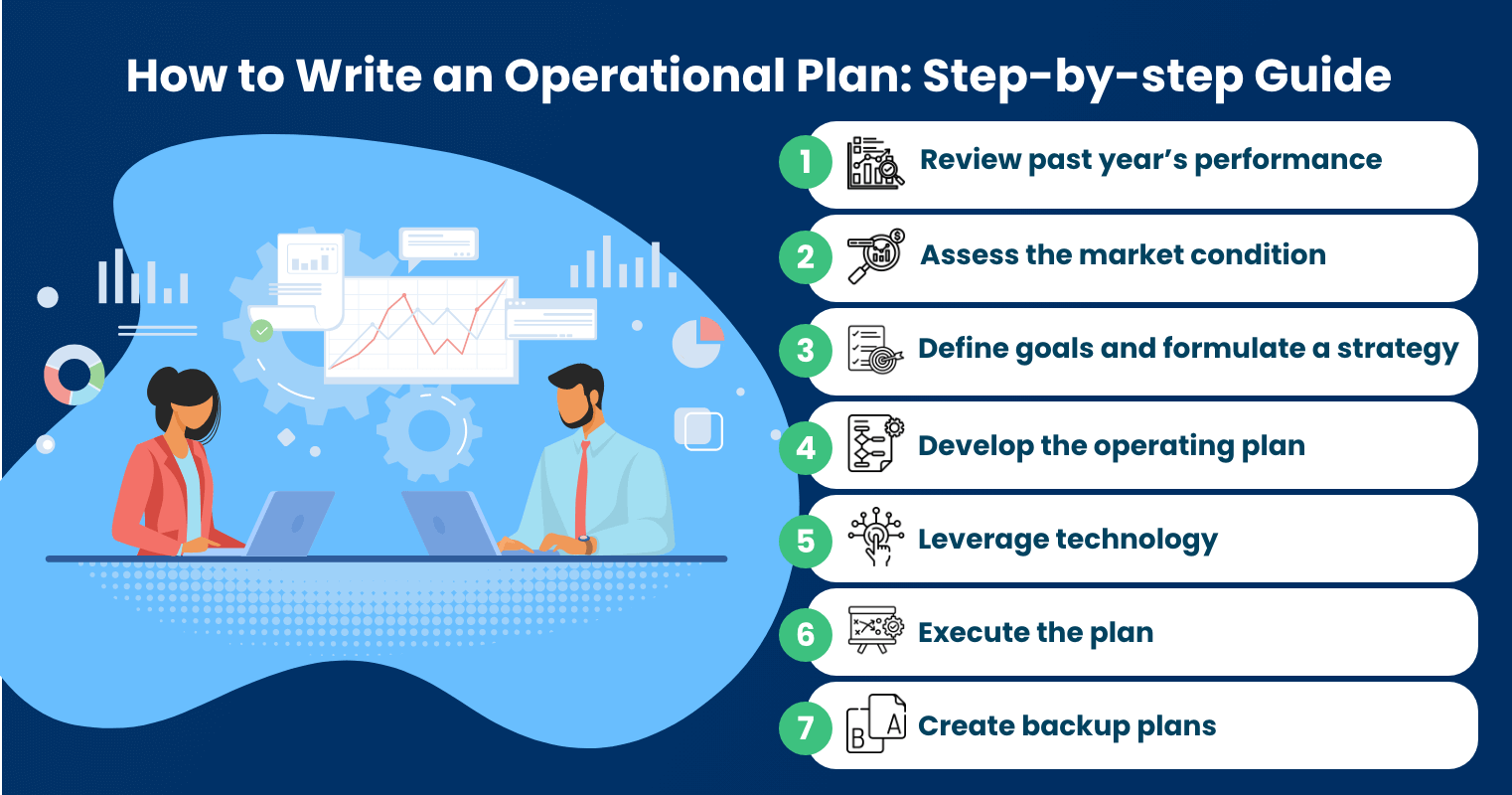
1. Review past year’s performance
Begin by comparing your current situation to last year’s performance. Review how closely aligned the results are with your vision. What worked and what didn’t? Are there actions or programs that didn’t yield the outcomes you wanted? For example, a marketing campaign might not have generated the expected return on investment, or a product launch might not have boosted the company’s revenue. Take the learnings from the previous year, the good and bad, and use them to guide your planning for the upcoming year.
2. Assess the market condition
Pursuing a plan that is not aligned with the current market trend is pointless. Why? Because there is almost a one-hundred percent chance of its failure. Before building a plan, you must consistently monitor industry trends and competitor activities to identify potential opportunities and threats. Knowing this will inform your strategic direction and help you set realistic, achievable goals. Make sure to collaborate with the upper management to develop adaptable strategies to navigate market fluctuations.
A thorough SWOT analysis will provide valuable insights into your organization’s position relative to competitors.
3. Define goals and formulate a strategy
Determine what you want to achieve in parallel with market conditions and internal capabilities. Then, formulate a strategy to help you achieve it. Identify the resources needed, set realistic timelines, and establish clear metrics for tracking progress. Most importantly, ensure your strategy is flexible enough to adapt to changes and challenges that may arise during the year.
Here are some examples of what goals should look like:
- Sales Department: Increase sales revenue by 20%, expand market share by 15%, and launch three new products within the next two years.
- Marketing Department: Improve brand awareness by 45%, increase website traffic by 50%, and generate 3,000 new leads in 12 to 18 months.
- Operations Department: Within 6 to 12 months, reduce production costs by 20%, improve on-time delivery to 95%, and implement a new quality management system.
While some goals may take more than a year to achieve, it is important to set realistic and achievable plans that one financial year can cover in your AOP.
4. Develop the operating plan
Based on the information you have gathered, build a detailed operating plan. Allocate necessary resources efficiently and assign specific responsibilities to team members to ensure everyone contributes to the end goal.
Do not forget your finances. Integrate your budget to ensure financial viability, aligning it with your goals and resource allocation. Once you have a framework, communicate the plan clearly to all stakeholders and adjust according to their insights.
5. Leverage technology
The digital era has revolutionized how businesses plan and manage their operations by providing tools that automate tasks and enhance accuracy. For example, project management software allows teams to collaborate seamlessly and ensure that tasks are completed on schedule. Data analytics tools help businesses gather and analyze vast amounts of data to make informed decisions and predict future trends in seconds.
As such, you need to find solutions that maximize your team’s skills and talents. These could include artificial intelligence and machine learning programs, which automate routine tasks so employees can focus more on strategic activities.
Another investment you can make is board meeting software. This helps simplify meeting management and increase productivity by streamlining the scheduling, agenda-setting, and documentation processes. This digital board portal allows everyone to meet and discuss important matters without geographical barriers.
6. Execute the plan
Implement the operating plan at the start of the new fiscal year. Make sure that everyone is well-informed about these goals by utilizing internal communication channels, such as emails and group chats. You may also organize a town hall to address any questions or concerns from the team. This step is critical to guarantee that all are aware of their roles, responsibilities, and commitments. Now is also the time to lay down individual and team KPIs to track performance and progress. Regularly review these KPIs through scheduled check-ins and progress meetings to ensure continued alignment with the plan.
7. Create backup plans
No matter how intricate your plan is, the possibility of failing due to unforeseen circumstances such as unexpected market shifts, supply chain disruptions, regulatory changes, or technological failures is never zero. During these times, you must ensure that operations will continue smoothly by having robust contingency plans in place. Pinpoint areas critical to maintaining business continuity and conduct risk assessments to identify potential threats and their impact. Once risks are identified, develop your contingency plan, which can include these two important things:
- Alternative Resources: Find backup suppliers, resources, or technologies that can be activated quickly if primary options fail, with minimal disruption. For example, if a supplier cannot deliver essential materials, having alternative suppliers ready can prevent production delays.
- Emergency Response Plans: Prepare specific action plans for crises, such as natural disasters or cyberattacks. These plans should include clear steps to mitigate damage, communication protocols to keep all stakeholders informed, and defined roles and responsibilities for team members to ensure coordinated response.
In addition, you must ensure that your backup plan is flexible and adaptable to whatever comes your way.
Examples of Annual Operating Plans
Every business is unique, but having a good foundation in standard annual operating plans might be helpful when crafting a plan tailored to your needs. Here are sample AOPs of two different types of organizations so you know what to expect and include in yours:
1. Retail Business Annual Operating Plan Example

2. Non-Profit Organization Annual Operating Plan Example
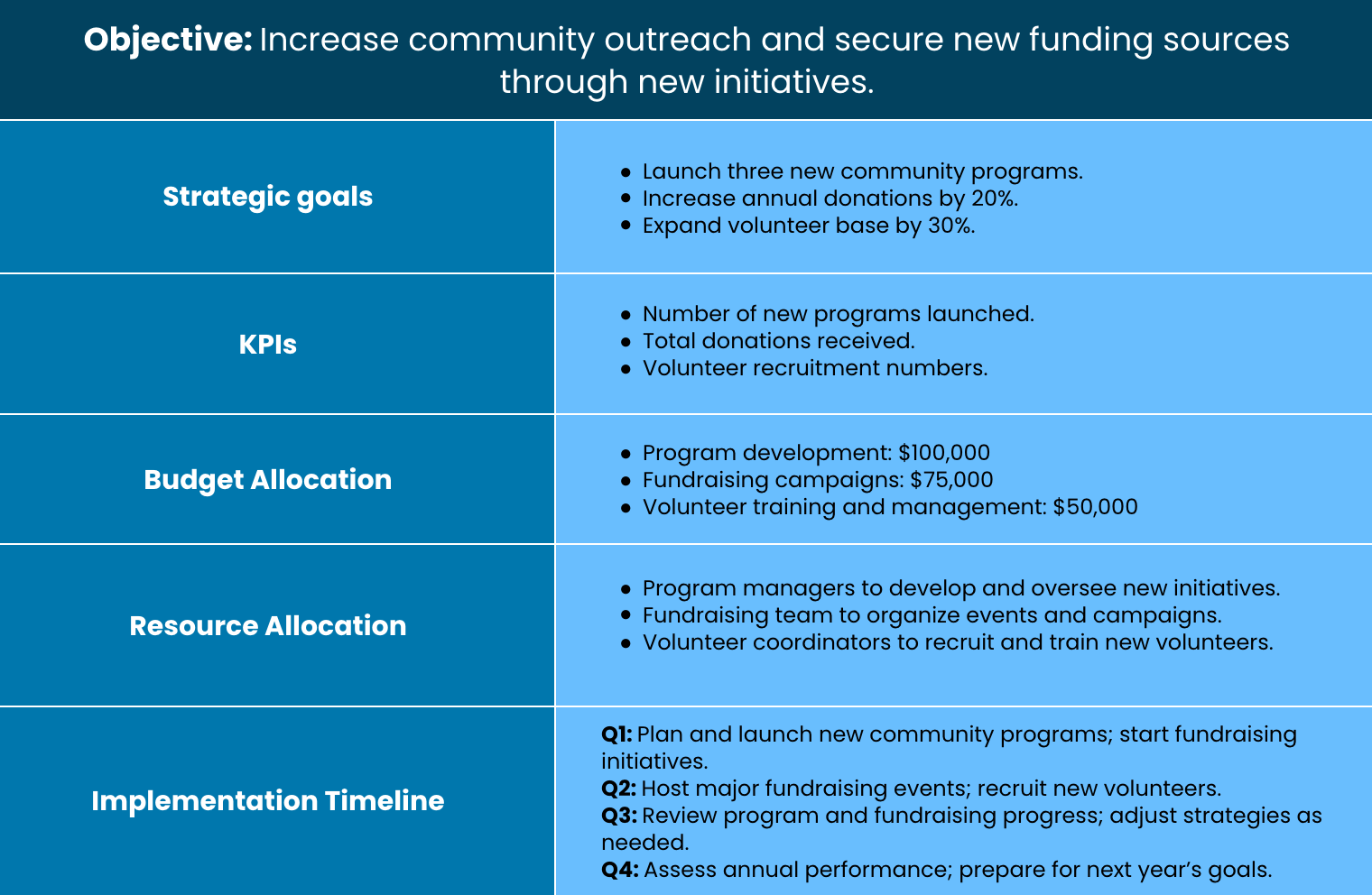
Please note that these are only rough samples of common AOPs. Depending on your organization’s specifics, they can be more detailed and comprehensive. To gain insights, check out these examples of operating plans from different industries.
Put Your Operating Plans Into Action with Convene
Rolling out your operational plans requires countless meetings to ensure everyone is informed and aligned. Convene offers a suite of features designed to enhance collaboration and streamline execution.
The leading board management software, Convene, provides live video conferencing capabilities that enable real-time discussions and decision-making — keeping the members connected and engaged regardless of location. Its secure online document library offers easy access to essential files and resources. At the same time, annotation tools allow for collaborative review and feedback directly on documents using their gadget of choice at the members’ convenience.
Another helpful feature is the board meeting software’s built-in e-signature function, which can facilitate an end-to-end sign-off workflow without leaving the app. This allows for a seamless and efficient approval process, ensuring all necessary documents for your operating plan are signed and finalized promptly.
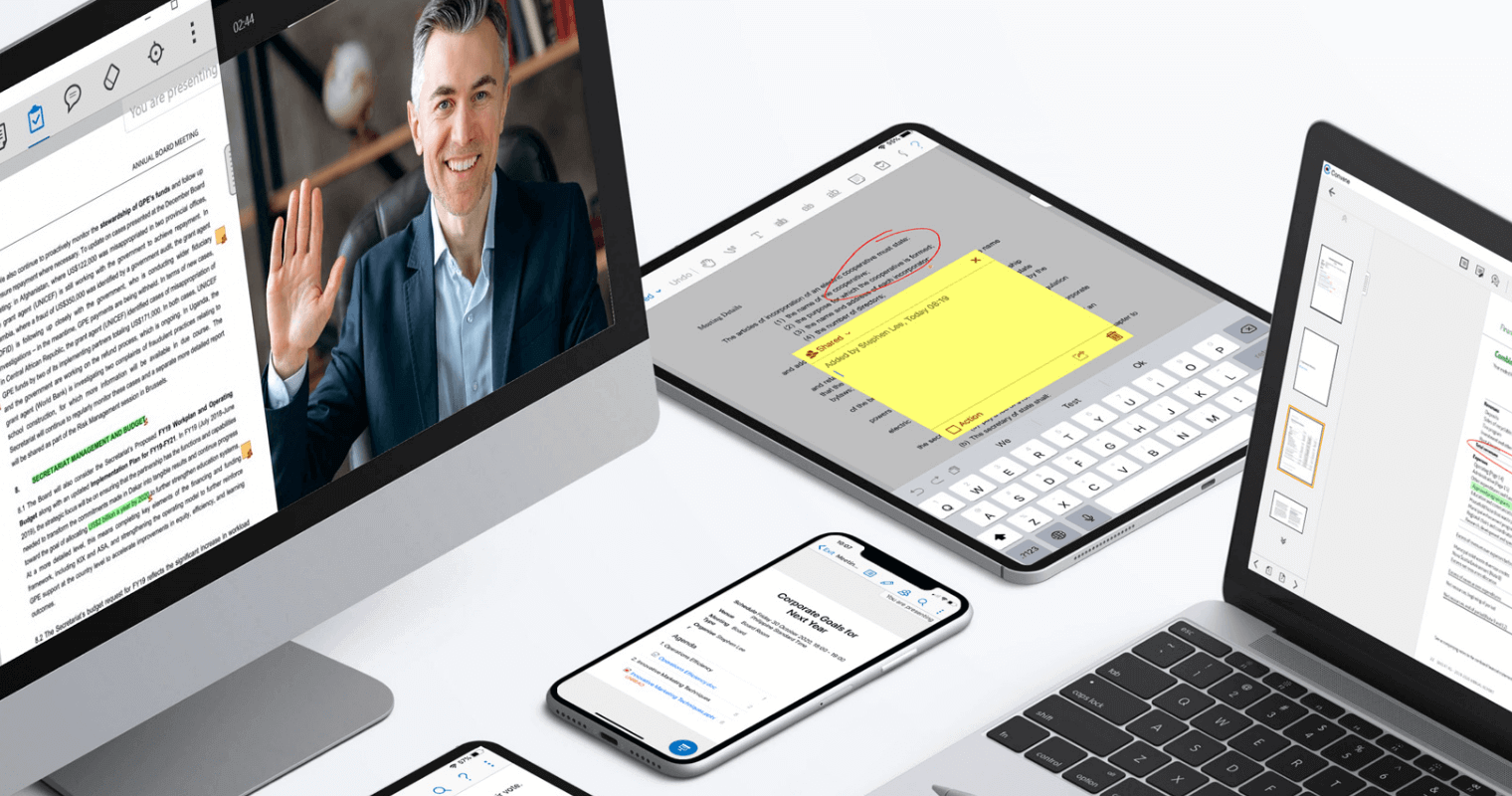
Learn more about Convene’s key features that can help put your plans into action here or schedule a one-on-one demo with one of our experts to get a more personalized Convene experience today.
Jess is a Content Marketing Writer at Convene who commits herself to creating relevant, easy-to-digest, and SEO-friendly content. Before writing articles on governance and board management, she worked as a creative copywriter for a paint company, where she developed a keen eye for detail and a passion for making complex information accessible and enjoyable for readers. In her free time, she’s absorbed in the most random things. Her recent obsession is watching gardening videos for hours and dreaming of someday having her own kitchen garden.


